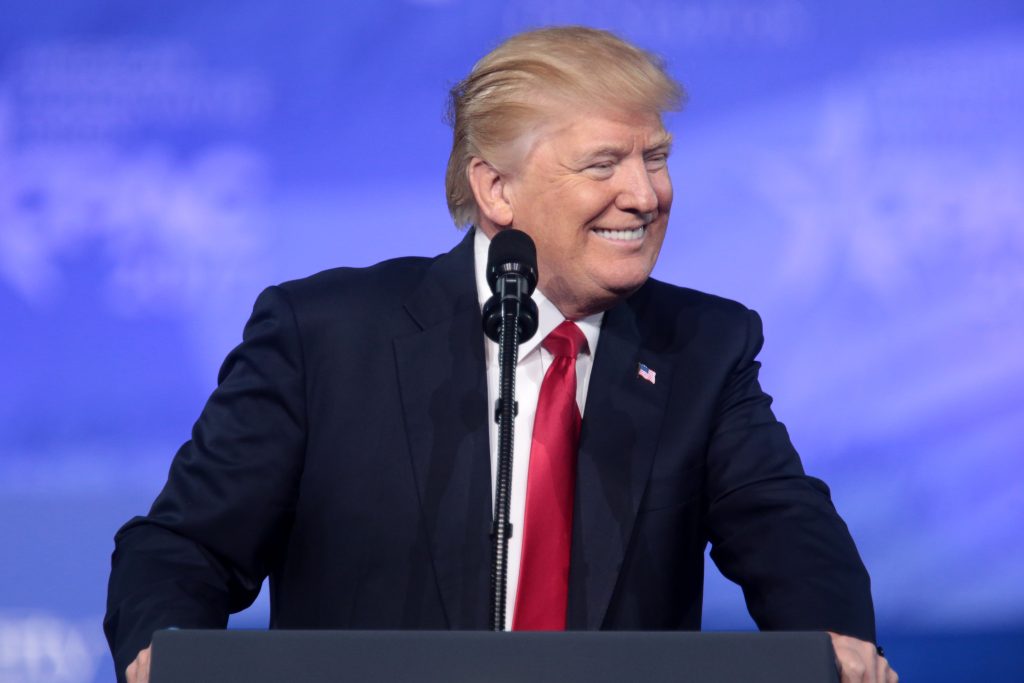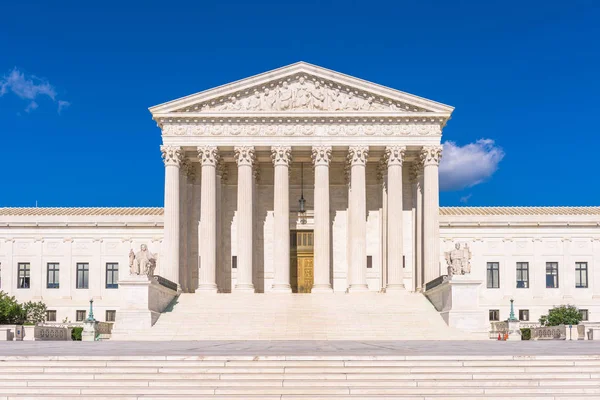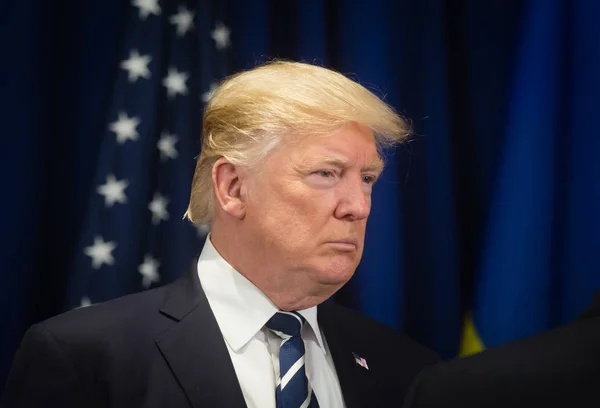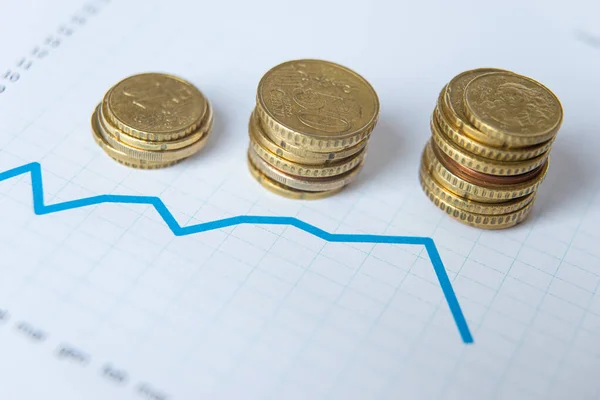
Opening with a rhetorical question: Can billions in tariff revenue really stretch far enough to give most Americans $2,000 checks while continuing to pay down the national debt? A weekend proposal by President Donald Trump to send “a dividend of at least $2000 a person” from tariff revenue set off a mix of excitement and skepticism.

This, targeting low- and middle-income Americans, would be financed by duties collected on imports under his sweeping trade policies. But though the promise is bold, the numbers and legal realities tell a more complicated story.

1. The Math Problem
The Treasury reports more than $220 billion collected in tariff revenue since the beginning of Trump’s second term. With more than 163 million Americans filing tax returns in 2024, a $2,000 payment to each would cost roughly $326 billion far more than is available. Even capping the income at $100,000, an estimated 150 million adults would qualify, pushing the cost near $300 billion. If structured like COVID-era checks, the annual price tag could hit $600 billion, twice projected tariff revenue, estimates the Committee for a Responsible Federal Budget.

2. Legal Clouds Over Tariff Revenue
Of those tariffs collected, roughly $100 billion came through the International Emergency Economic Powers Act, a statute that’s now under Supreme Court scrutiny. A number of justices, including Chief Justice John Roberts and Justice Neil Gorsuch, asked whether “regulate” in IEEPA’s text authorizes taxation through tariffs. If the Court were to rule against Trump, the government would owe refunds to importers, shrinking – or erasing – funds for any rebate program. Trade experts say Trump could pivot to other authorities like Section 232 or Section 301, but those processes are slower and more limited.

3. Congressional Gatekeeping
Even with revenue present, Congress holds the “power of the purse.” The prior stimulus checks required legislative action usually in the setting of recessions and emergencies. The economy currently is not in deep contraction nor crisis, and fiscal conservatives will most likely object. A similar bill from Sen. Josh Hawley for $600 tariff rebates never advanced out of committee.

4. Risks of Inflation and Economic Timing
Economists caution that cash injections directly into an already high-inflation environment could be counterproductive. Federal Reserve Bank of St. Louis research estimated the pandemic-era stimulus added about 2.6 percentage points to inflation. Tariffs themselves raise consumer prices: Yale’s Budget Lab estimated current policies cost households $1,800 annually. Adding $2,000 checks would create a short-term spending surge that could eventually force the Federal Reserve to delay or reverse interest rate cuts.

5. The Historical Context: Use of Tariff Revenues
While tariffs have historically funded government operations-even serving as primary revenue in the 19th century-modern usage rarely directs them back to households. Nowadays, they are more often viewed as trade policy tools that tend to serve as offsetting deficits rather than financing direct payments. Trump’s plan would be a rare large-scale redistribution of tariff proceeds.

6. Political Strategy and Public Perception
Framing the Supreme Court case in terms of Americans’ “yearly $2,000 checks” seemed a politically shrewd move to some analysts. If the Court strikes down his tariffs, Trump might say justices “robbed” citizens of promised dividends. Markets may react to such payments as a readiness to expand the economy, noted IG market analyst Chris Beauchamp, although fiscal watchdogs describe the plan as “deeply irresponsible” with debt running near $40 trillion.

7. Implementation Realities
Even when approved, logistics of distribution matter: During COVID-19, direct deposits took a week to arrive; paper checks took 20 weeks. Treasury Secretary Scott Bessent has hinted the $2,000 may come in various forms, even tariff-funded tax relief no tax on tips, overtime or Social Security embedded in broader legislation rather than physical checks.

Trump’s tariff dividend proposal exists at the intersection of fiscal ambition, legal uncertainty, and economic risk. The promise of $2,000 per person is quite straightforward, but the way to make it a reality is complex, entwining math, law, and macroeconomics.


